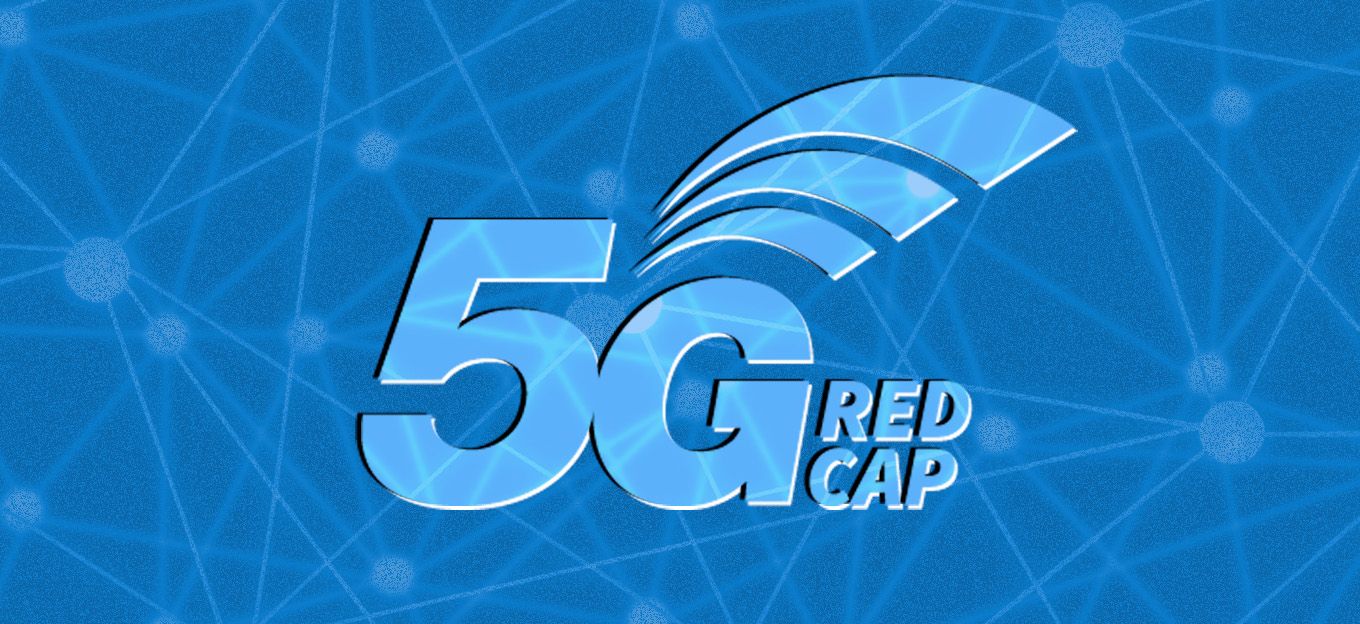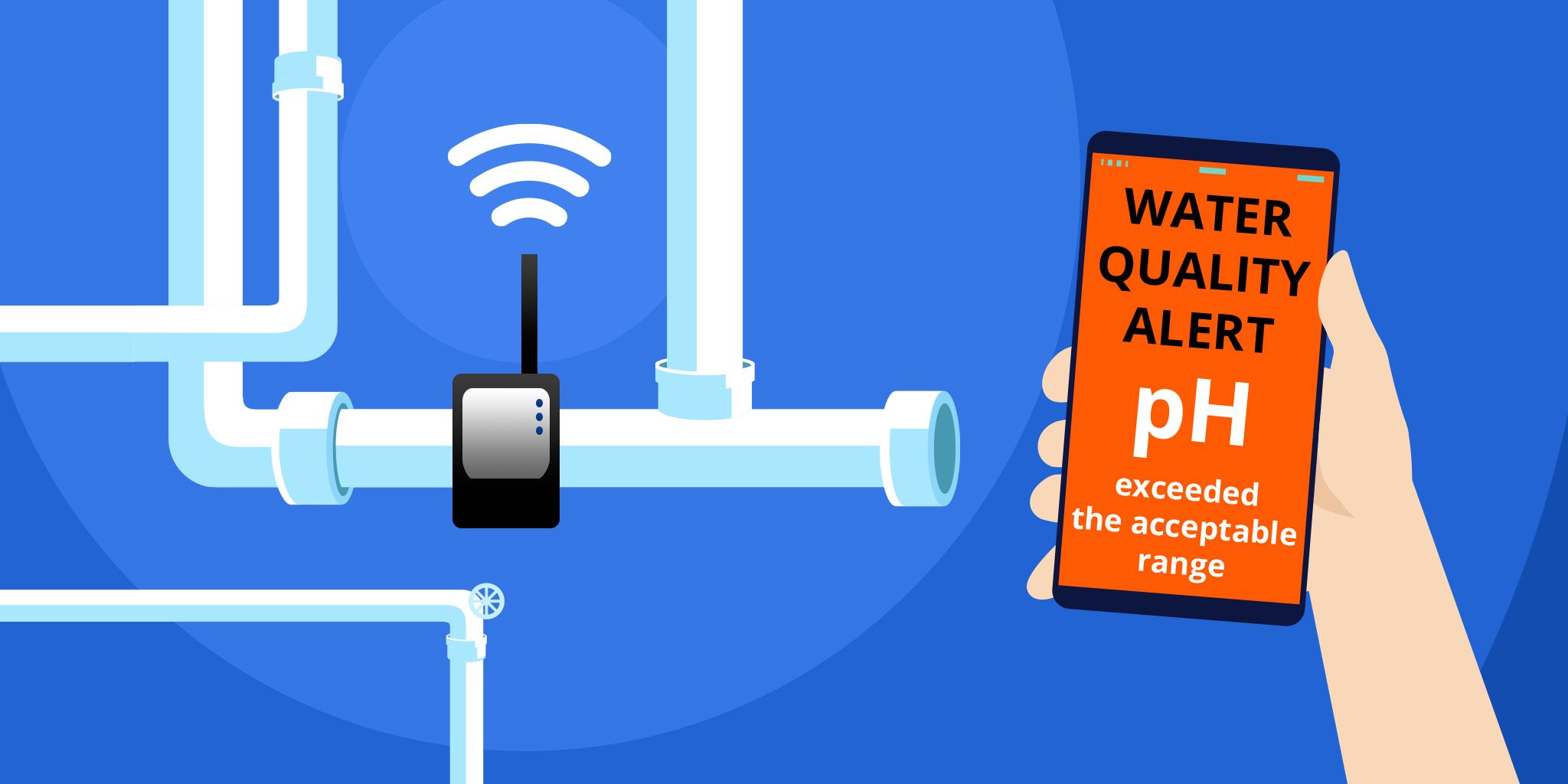IoT – A Differentiator to Transform Utilities Management
IoT – A Differentiator to Transform Utilities Management
- Last Updated: December 2, 2024
IoT.nxt
- Last Updated: December 2, 2024



IoT and Utilities Management
Utilities like water, electricity, and gas are essential to everyday life, but their management needs improvement. With advances globally toward being more sustainably minded as a business and individual, severe water provision is proving difficult. Even if dams are at satisfactory levels, infrastructure is under pressure and water provision has become unreliable and, in some regions, water supply has been interrupted for days, seasons, and the long-term effect this can have across all sectors can be tumultuous. The internet of things (IoT) could change that.
Wirelessly interconnected devices have started popping up in utilities across the world, and this trend will only grow from here. Some experts predict that IoT in the utility management industry will be worth more than $129 billion by 2035. But where does that growth come from? Here are five of the most significant benefits of IoT in this sector.
'As more organizations realize the benefits of IoT in utility management and capitalize on them, such systems will become more cost-efficient, resilient, accessible, and sustainable.' -IoT.nxt
1. Cost Reduction
The most enticing advantage of IoT in utilities for many decision-makers is cost reduction. Energy, water, and gas systems consume more resources than they need. This results in unnecessarily high costs for end-users, but IoT brings precision to help avoid that.
Smart transformers and anomaly detection technologies monitor use and waste factors to determine exactly how much energy a given process needs. They then adjust in real-time to manage the desired outcome with as little resource consumption as possible. For example, a smart thermostat may switch off if a building is insulated enough to retain its set temperature for extended periods.
Reducing operational demands to only consume what each user needs will ensure bills match up with actual usage. Even as needs and trends shift, people can be sure that they’ll only pay for what they use.
2. Sustainability
More precise operations can make utility management more sustainable. In 2021, the U.S. wasted 65.4 quadrillion British thermal units (BTUs) of energy, more than double what went to end services. As most of this power comes from fossil fuels, it translates into an excessive carbon footprint and a negative impact on ESG goals.
As IoT devices help assist operations to adjust and use only what is needed, utility systems can virtually eliminate waste. Even if they still rely on fossil fuels, they’ll consume far less. As a result, everyday electrical or water consumption won’t have as big an impact on the environment.
Operations powered by IoT will give management teams insight into where resources come from and go. More data provides more context, enabling more effective changes as cities strive to become more eco-friendly.
3. Improved Maintenance
Another benefit is the impact on maintenance. IoT connectivity enables predictive maintenance – a practice where sensors monitor equipment health to alert workers when it needs repair or attention. Teams can fix an issue before it becomes a larger problem, reducing breakdowns by 75 percent and downtime by 45 percent.
Furthermore, IoT connectivity can improve maintenance when unexpected breakdowns or other unforeseen issues occur. Smart sensors can detect when something goes wrong, and then alert relevant workers or third parties. Utility services thereby respond faster, fixing the problem quickly with minimal need for assessment or testing, as the insight gained from sensors gives advanced insight into the problem.
Routine maintenance processes benefit from IoT, too. With wirelessly accessible sensors, workers can check on system conditions without traveling to see them in person. These everyday tasks will take less time and cause less disruption as a result, while providing savings on travel and rework
4. Resiliency
As IoT in utilities grows, maintenance benefits will improve impacted systems’ long-term resiliency. 5G networks will support rapid IoT growth, enabling utility companies to employ more sensors at scale. Greater connectivity will enable more transparency and automation, making it easier to respond to extreme situations and prevent disruption.
Energy grids will use data from IoT sensors to distribute electricity more efficiently according to changing needs such as peak demands, adverse conditions, and seasonality. This helps to manage sudden demand spikes, ensuring they don’t cause widespread disruption throughout the grid. Similarly, IoT devices could predict incoming weather challenges and adjust operations as necessary to prepare.
Over time, IoT data could reveal larger issues within utility systems that organizations must address. Usage and waste statistics may highlight inefficient water lines or leaky gas pipes, spurring companies to fix them. As utilities adjust to this insight, these systems will become more resilient.
5. Accessibility
IoT in utility management will make managing systems simpler. Workers will no longer have to travel to check gauges or transformers in person as they access the necessary reports and initiate actions from their phones or computers. This will save utility companies money and help them become more proactive.
Similarly, customers can use apps to connect to these IoT devices to get more insight into their usage patterns and bills. They could check the level of energy and water they use throughout the day and how this impacts their costs. IoT control systems can let them shut off the water, gas, or other utilities remotely.
Implementing IoT in Utilities
The benefits are impressive. They don’t come on their own. There are multiple elements to get right.
One of the most critical is cybersecurity. The 2021 Colonial Pipeline cyber incident, where attackers shut down an oil pipeline through ransomware, reveals how connected infrastructure could jeopardize critical utilities. Deploying more IoT devices means broader attack surfaces. Organizations need to implement stronger security measures like high-level encryption, network segmentation, and zero-trust architecture.
Utility companies must ensure they have the right infrastructure to support expansive IoT networks. Widespread systems may have to wait until 5G becomes more widely available, and others should carefully consider which wireless protocol best suits their needs.
It is also important for customers and companies alike to understand that this growth is a process. Making the most of IoT will require some larger structural changes, which will take time and money. Starting small and slowly expanding is the best path forward.
All Parties Benefit from IoT Utilities Management
Both utility companies and their customers can benefit from using IoT in utility management. As more organizations realize these benefits and capitalize on the technology, such systems will become more cost-efficient, resilient, accessible, and sustainable.
It may take a while before IoT-powered utilities become common, but the movement has already begun. These technologies will transform the industry. They will empower operators and decision-makers in this space to deliver more, making happier consumers, citizens, and public and private entities.
The Most Comprehensive IoT Newsletter for Enterprises
Showcasing the highest-quality content, resources, news, and insights from the world of the Internet of Things. Subscribe to remain informed and up-to-date.
New Podcast Episode

Moving Past the Pilot Phase in IoT and AI
Related Articles





